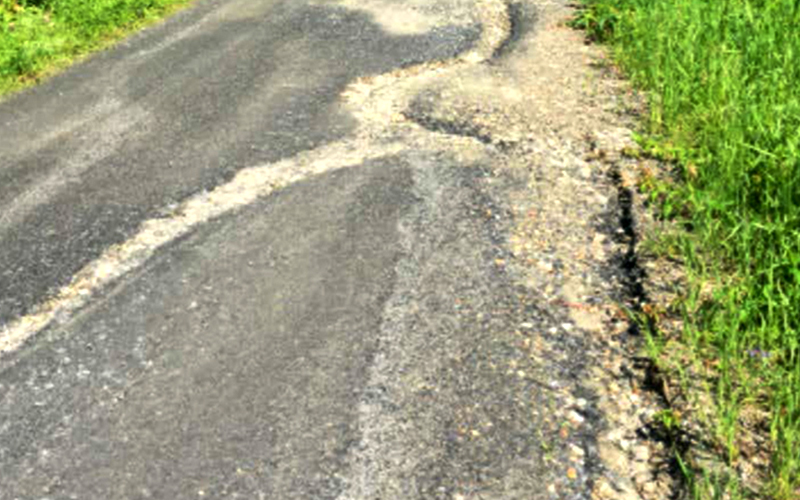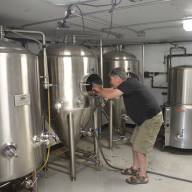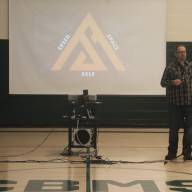By Beniamino Nardin, Harwood correspondent
The Storm Smart program, headed by Ira Shadis of the Friends of the Mad River, focuses on reducing storm damage to The Valley by helping homeowners reduce, scatter and absorb stormwater to avoid erosion to town and private roads.
Friends of the Mad River’s Storm Smart program spawned from the Ridge to River coalition between five towns, an organization that met from 2017 to 2018 to “identify challenges and opportunities facing the Mad River Watershed,” said Shadis, “with recognition of the fact that the health of the river and its tributaries is directly impacted by the surrounding landscape.” Eventually, the organization’s ideas led to the Storm Smart program.
Storm Smart started in 2018; since then, the Friends of the Mad River has engaged with dozens of property owners and managers and overseen more than 100 properties working to install green stormwater infrastructure projects such as drywells and rain gardens. With a recent grant, it has expanded opportunities for property owners to receive aid.
Until December 2021, there will be resources for Valley residents to benefit from the Storm Smart projects, which operate on a first-come, first-serve basis. Projects must support clean water and a healthy watershed to be approved for funding. Additionally, property owners or managers need to affirm their consent to the Friends of the Mad River (FMR) policies by signing a Memorandum of Understanding (MOU).
These projects might include reforesting lawns, installing rain barrels or dry wells, making a rain garden or anything else suggested by an assessment through the Storm Smart program. All of these projects are focused on reducing water damage to properties and homes.
Since the funds, which currently amount to about $1,500, are limited, residents who apply to the program first will have a better chance of receiving aid. The funding can cover an entire project, such as a rain barrel, or offset the price of a high-cost project, such as a green roof. These projects will need to align with the FMR’s vision of green stormwater infrastructure, which includes “practices that restore and maintain hydrologic processes in order to reduce the volume and water quality impacts of stormwater runoff.” FMR defines being storm smart as “taking part in a larger conversation about sustainable development, land conservation, town planning and community building.”
Property owners or managers will propose their ideas and include an estimate of the cost to the Storm Smart program. Next, FMR’s Shadis will draft an outline of the project and provide an agreement form for projects that meet their requirements; the property owners and managers will be directed to sign the MOU and the FMR will disburse funds accordingly to pay for the necessary materials and services. Projects must be completed by December 2021.
“Many lessons have come out of delivering the Storm Smart assessments and visiting all of these properties,” said Shadis. “Almost every property has some opportunity to help sink water in where it lands.” These opportunities have added benefits to promote biodiversity, climate resilience and carbon sequestration.
“The steep character of The Valley is something we knew going into the launch of the program,” said Shadis. “But the complexity of soil types and the way these two factors intersect has helped us understand that standard infiltration practices, like drywells, aren’t always suitable.” Locations with clay soils or with high seasonal water tables, for example, would not work well with the installation of a drywell. Recognizing what the land can and can’t do has highlighted forests and diverse forest floors “as a key part of the ‘sponge’ that absorbs water before it can rush downhill to cause flooding and costly erosion,” said Shadis.
“A third of the road network of The Valley is privately managed and many of them have years of deferred maintenance, undersized culverts or poor substructure that leaves them particularly vulnerable to the bigger storms we expect to see with the changing climate,” said Shadis. “These projects can be expensive and often involve multiple homeowners, which can make decision-making difficult.” The projects may be costly, but, “as the old adage goes,” said Shadis, “‘an ounce of prevention is worth a pound of cure.’”













